
Posted: May 26th, 2016 -
Category: Interviews
Singapore, the upcoming ‘Art Hub’ of Southeast Asia with renowned collector Jackson See
As a Singaporean, what is your opinion of the local art scene?
In the context of Southeast Asia, Singapore has a different environment all together. Singapore has a completely different comfort level and this affects its artists’ behaviours. Singaporean artists are very conceptually strong but their narrative lacks the content. Likewise, in terms of skill, they are not quite there. At the end of the day, being an artist means you have a passion. Singapore may not have the facilities to cater for varying creative disciplines but being an artist means you have to find your own way and pursue it elsewhere, but make sure to come back. Lack of space or workshops should not be an argument used against the maturity of an artist’s practice.
RECOMMENDED READINGS – BUY ON AMAZON
Singapore Eye: Contemporary Singapore Art, by Serenella Ciclitira
Indonesian Eye: Contemporary Indonesian Art, by Serenella Ciclitira
How has Singapore developed artistically over the years?
In Singapore you must understand that priority is given to the economy. Over the last 10-15 years however we have realised that we are in need of a creative environment which is why there is such immense support from the government and local society. We do of course need the time to grow. We have the Singapore Arts Museum (SAM), the National Museum of Singapore, and as of last year we launched the National Gallery. To my understanding these are all the initial steps to provide for the next generation. Take a minute to think about availability of space in Singapore and the cost of it. I believe that we have achieved a lot so far and have a lot to thank our institutions, our government, the National Arts Council and the Singapore Tourism Board for.
How do you see the local art scene maturing in the future?
I would say that in the context of Southeast Asia we are approaching the status of being an “Art Hub.” The government has provided us with the hardware but what we are lacking is the software. We may pose an argument stating that without financial backing how can we encourage the art scene to grow, but at the same time, with financial backing our artists’ are lacking the skill-set and motivation. If we are to develop into an art hub we need to strengthen our logistics system. We may have the Freeport with its great facilities but we need to expand. Artwork is moving in and out of Singapore, and we need to find a way of managing it.
What exactly do you refer to when you talk about ‘software’?
By software I mean the soft skills that help guide the arts, from young practitioners to institutional collections. More specifically I would say we need to develop our curatorial perspectives. We should invite international curators to share their expertise in our exhibitions, and likewise welcome the opportunity of showing our works around the world. That way there is a greater understanding of artists and their works. When we grow curatorially to a point that complements the level of our hardware, then we will be recognised as an international art hub.
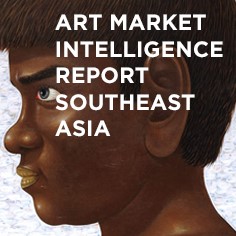
How do you think curatorial perspectives help?
Curators facilitate in the process of exposing works. They assist in exhibitions all over the world and are therefore more qualified to initiate the process of loaning works from institutions to complete their project. Likewise, they share their knowledge, consult acquisitions, and help institutions broaden their collections. We have Art Stage, we have Art Week, we have dozens of public artworks located all over Singapore, including Anthony Gormley and the Anish Kapoor sculptures, but how do we educate our public? That is partially the responsibility of the curator.
You previously mentioned that the local art scene is being cultivated for the next generation, and that an additional duty of a curator is to educate. What is your opinion on the educational system in terms of the arts in Singapore?
We have universities and schools which provide art education, such as SOTA (School of the Arts Singapore), NAFA (Nanyang Academy of Fine Arts), and NUS (National University of Singapore) but the next step is developing these learning environments. They need to expand educationally. LaSalle College of the Arts has taken the right step in partnering with Goldsmiths. Many Singaporeans have the wish to learn but have limited access to do so.
Do you believe that Singapore’s ‘foreigner to local’ working ratio affects the number of foreigners in Singapore or the efficiency of exchange that you are referring to?
The ratio and the work permits are not an issue. They are not aspects which affect the arts. What is affecting the arts is the limited availability of classes and courses which teach you how to understand and appreciate art, regardless of where you are from. You may come here as a lecturer, as a teacher, or as anything else to help people appreciate art. If you look at a painting and you like it, it does not mean that you know it. Everyone likes to hear a story and that is what the curator helps to provide. Appreciation of the arts will help people to value it for the right reasons and not just for money.
What is your undertaking of people who buy art for commercial value?
I would say that first of all when you buy an artwork you don’t know whether the price will increase or not. I buy work that I enjoy and feel relevance to. It has happened before that the work has increased in value but that is merely a bonus. Take the time to understand what the artist is trying to say.
In regards to art galleries, would you say there is a healthy amount with a suitable range of works on display?
Running an art gallery is not easy. To start a gallery, you must have a close relationship with the artist. Even if you make 40 – 50% commission on each sale it’s not enough. The costs of running a gallery are very high, especially in Singapore. Maintenance costs are extremely high so how many shows can you afford to host a year? Maybe 6 but you have to guarantee a minimum sale at least. Galleries are responsible for their artists. They are not just selling works; they are encouraging the artist to progress. They support artists physically and financially and encourage them to continue creating strong works. Everyone can have a one-time show selling 20 works. The gallery has a much deeper responsibility, much like a parent. When artists start to make a lot of money they carry a weight and question the need to carry on producing. If they find themselves in that position then they are not real artists, they simply lack the passion. You can’t tell artists what to create or when, they are not a machine, their practice is instinctive.
Image © Jackson See
READ MORE ON OUR JOURNAL:
LOOKING FOR CONTEMPORARY: AN INTERVIEW WITH COLLECTOR SYLVAIN LEVY





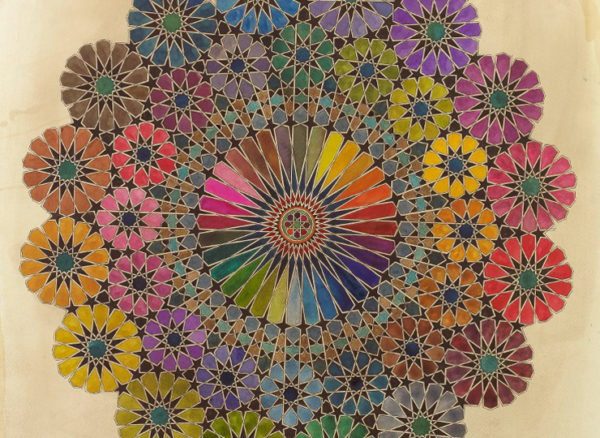
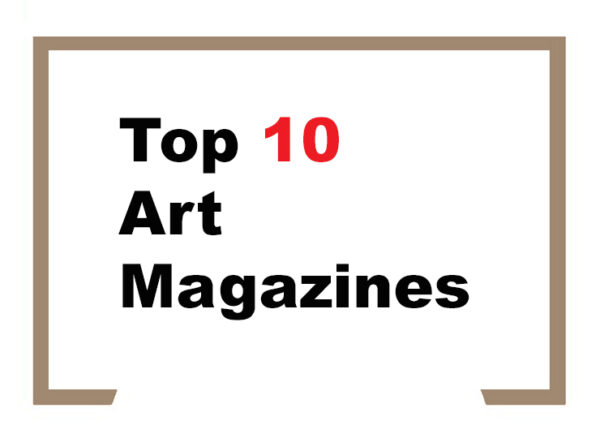
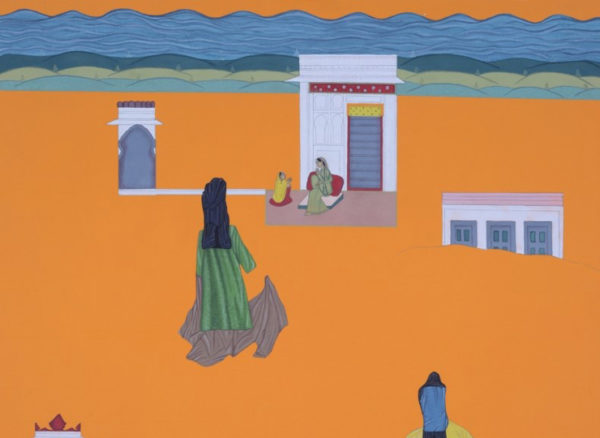
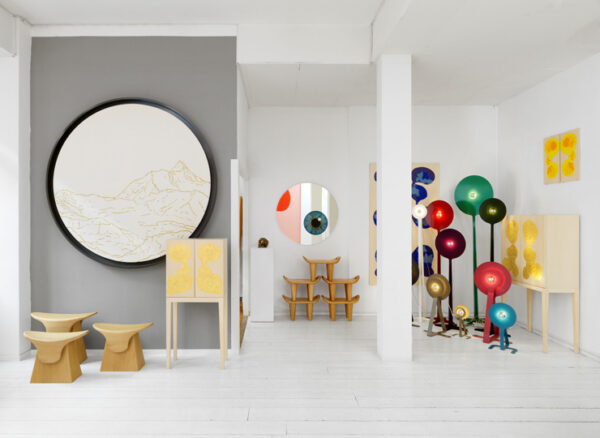

Comments